Index
Check out some of the projects I have worked on!
-
Personal Projects
- Foster Care Machine Learning Analysis
- This Website
Check out some of the projects I have worked on!
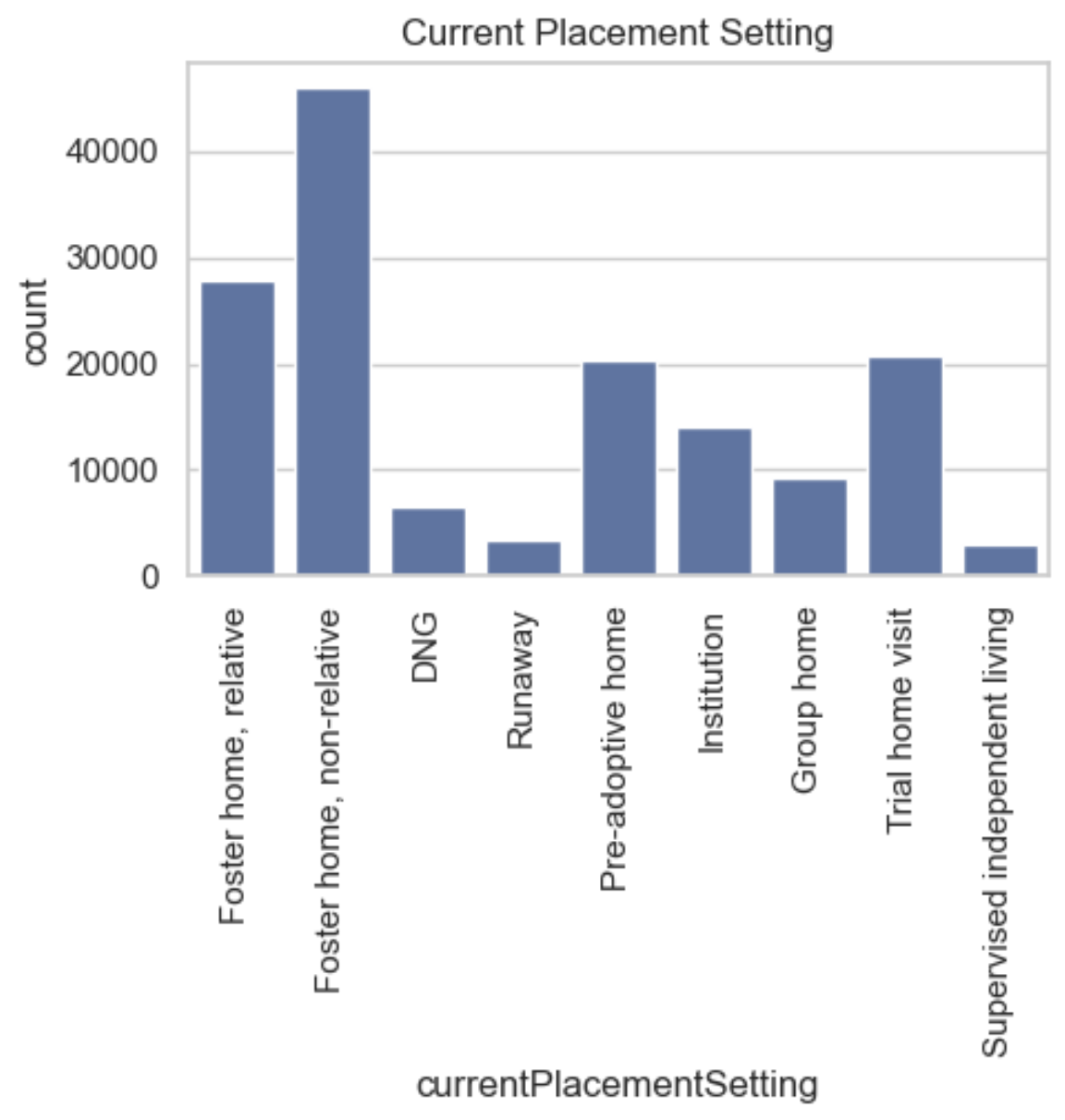
Tools: python, pandas, sklearn, matplotlib, seaborn
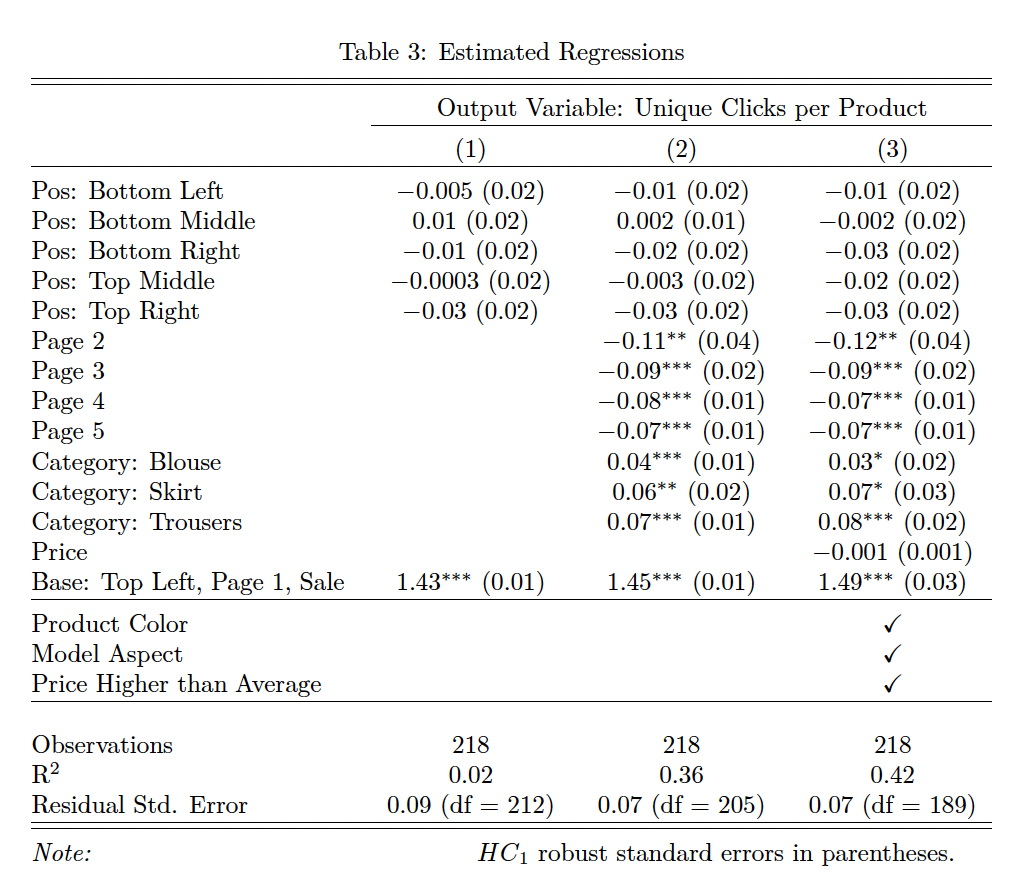
Tools: R
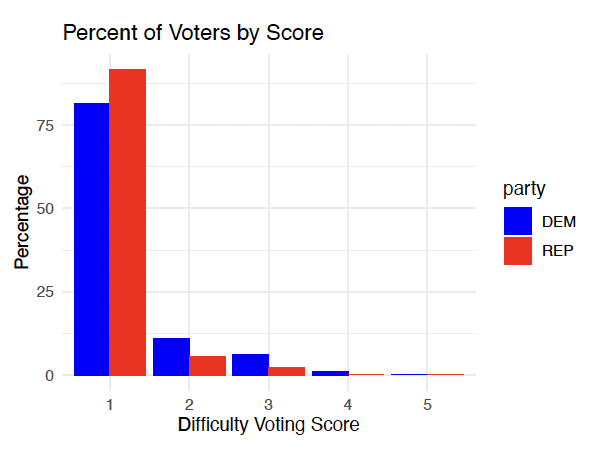
Tools: R
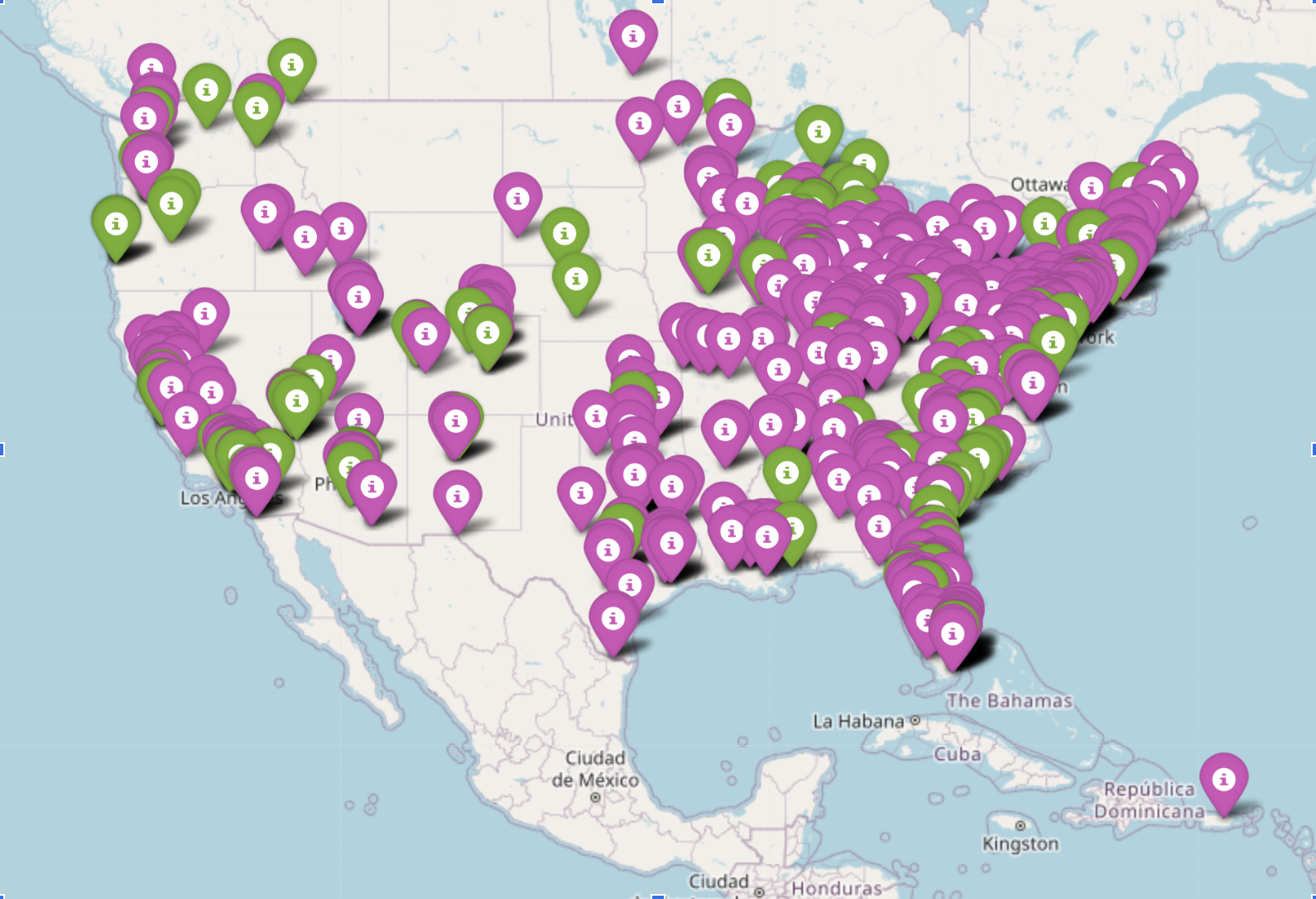
Tools: Python, gmaps
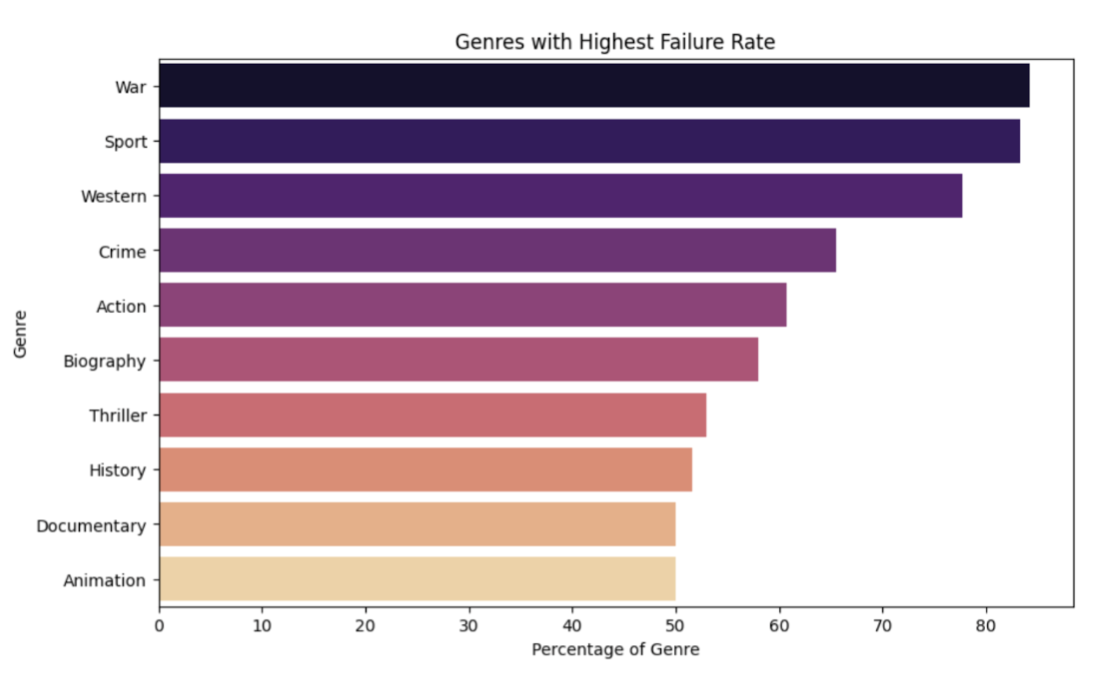
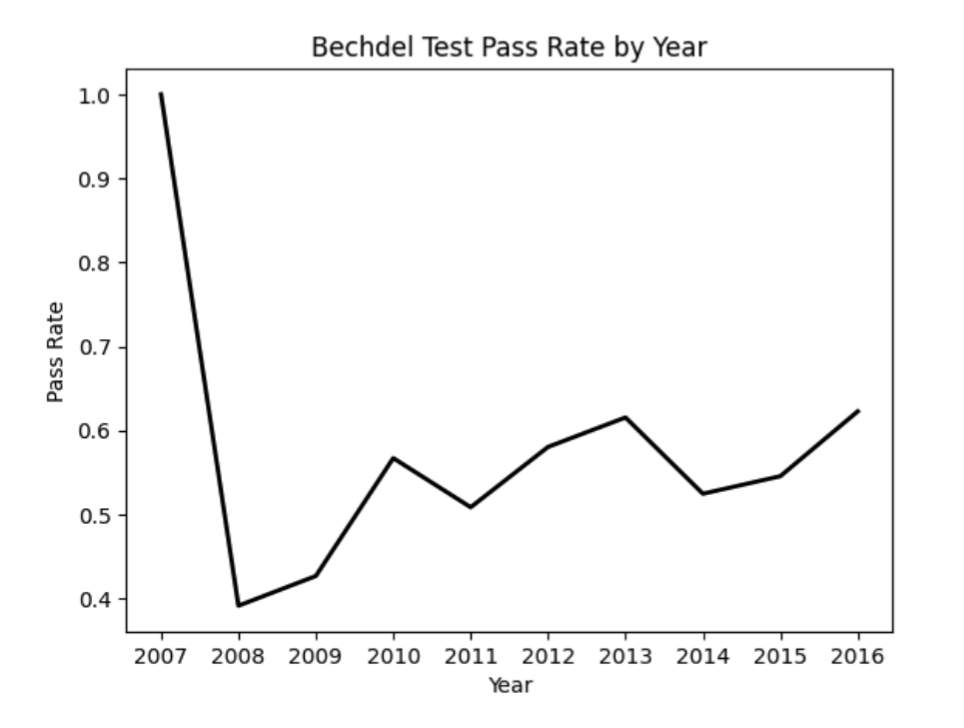
Tools: python, pandas, matplotlib, seaborn
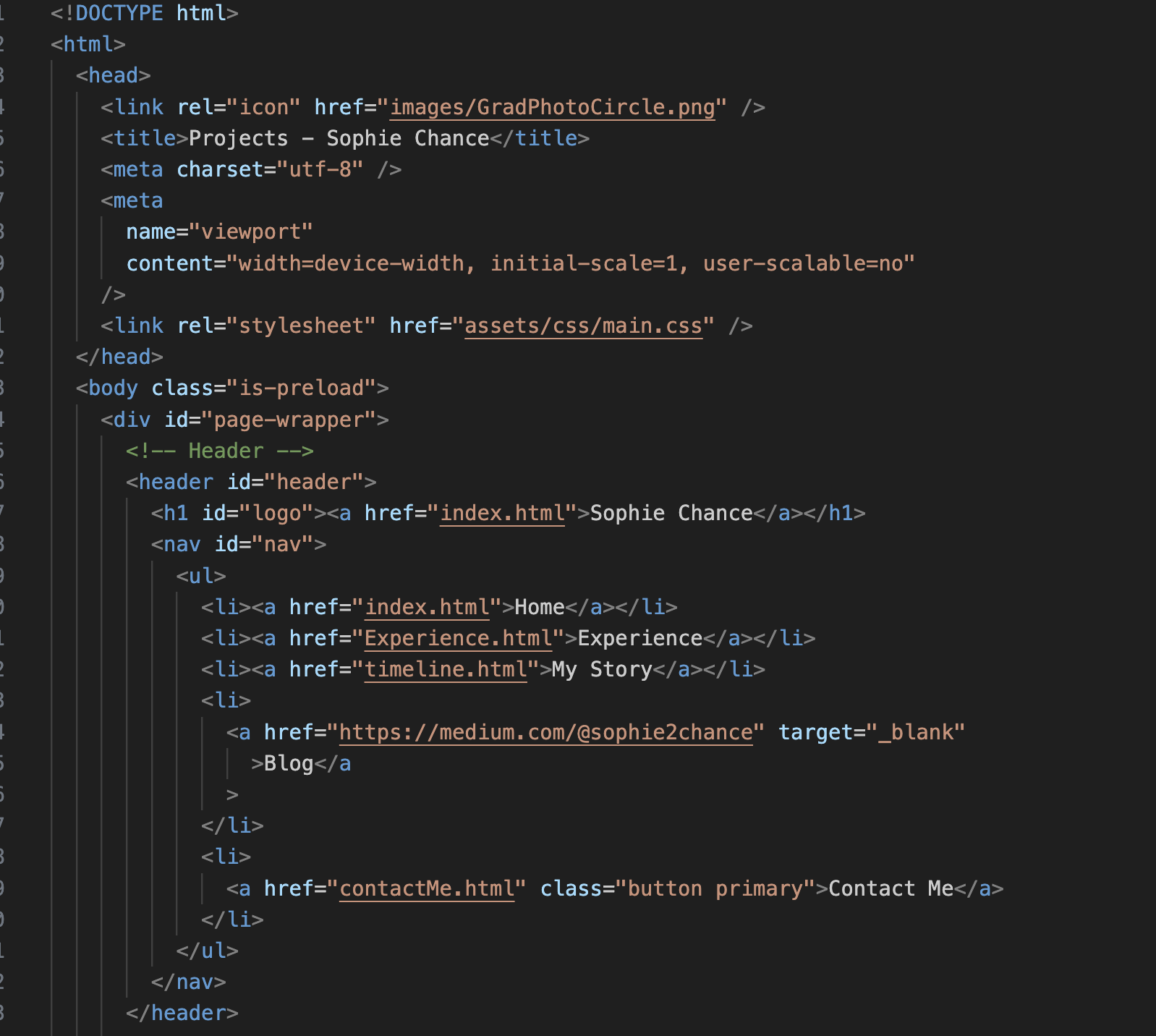
Tools: HTML, CSS, Javascript
I started this website when I graduated in 2021. The benefits of creating it were two-fold. In my classes I had just scratched the surface of learning to program in HTML and CSS and wanted a productive way to hold onto and build this skill. And, of course, I was eager to build a portfolio where I would be able to show my skillset in a uniue and personal way. I have since realized, that this means that I will now have to maintain GitHub, LinkedIn, AND a personal website, but I actually flexing the HTML/CSS muscle since I don't use it much in my work anymore.